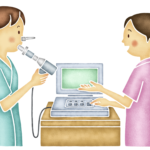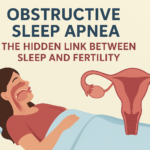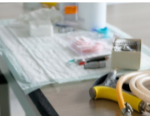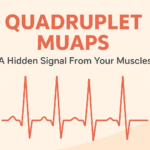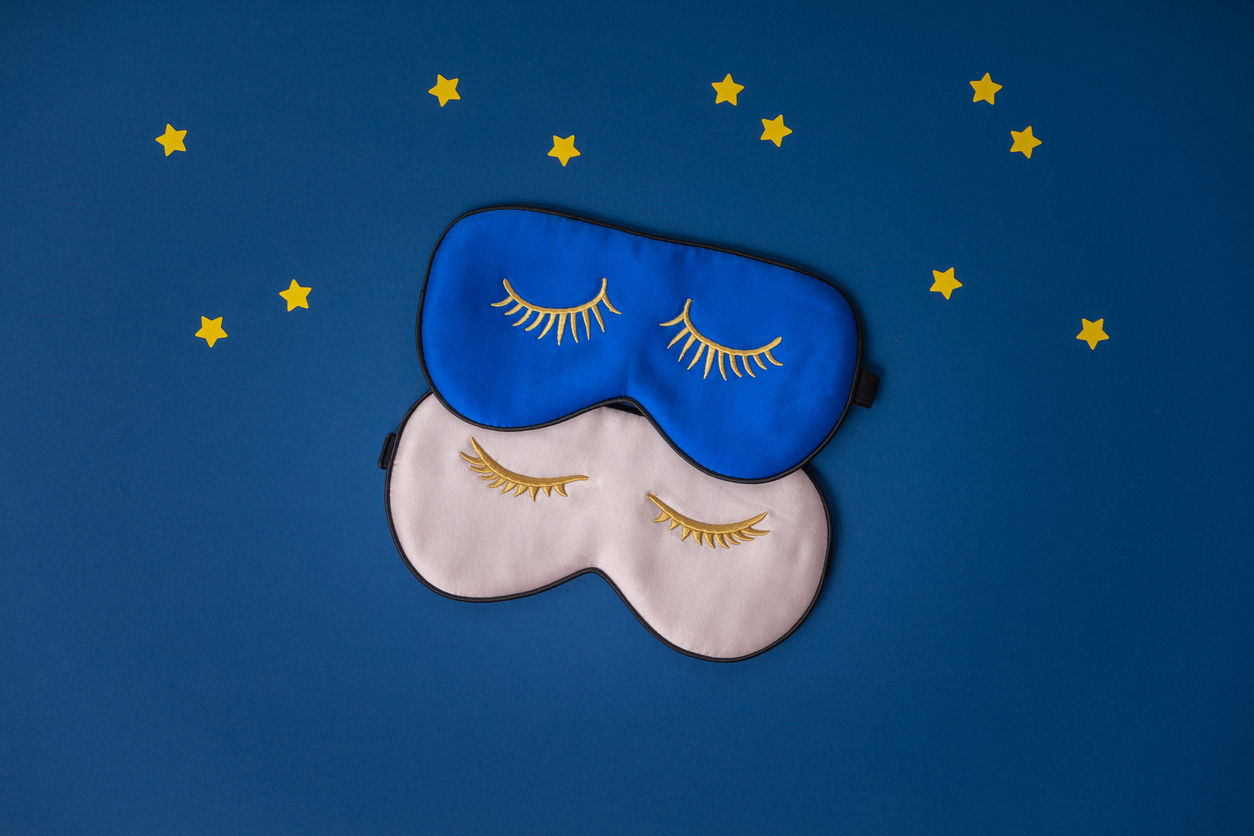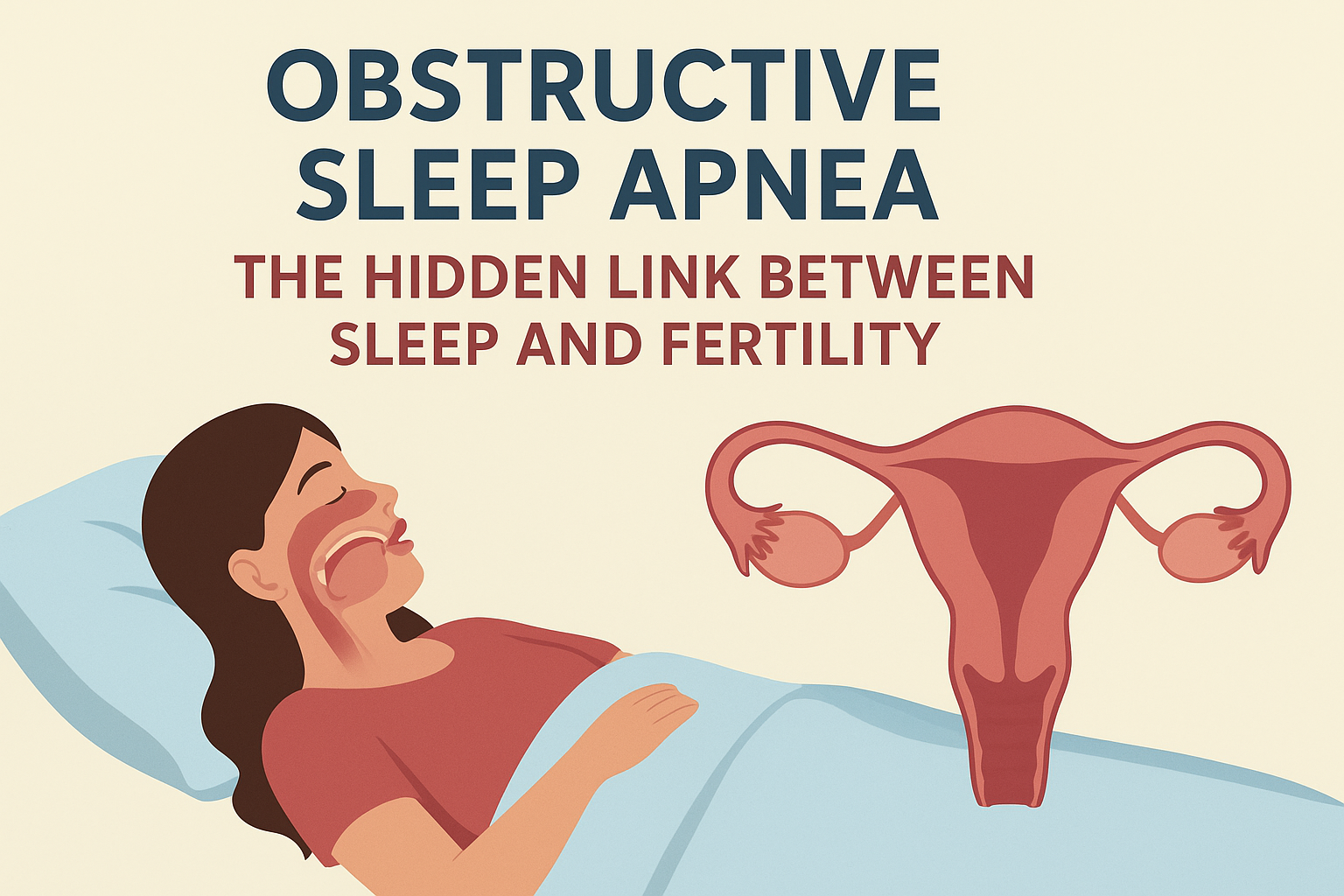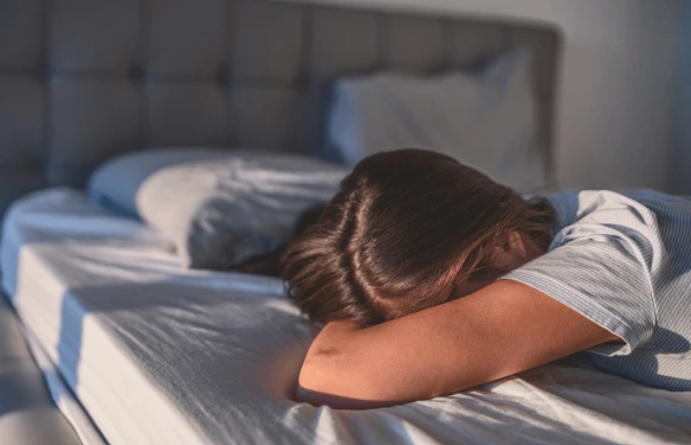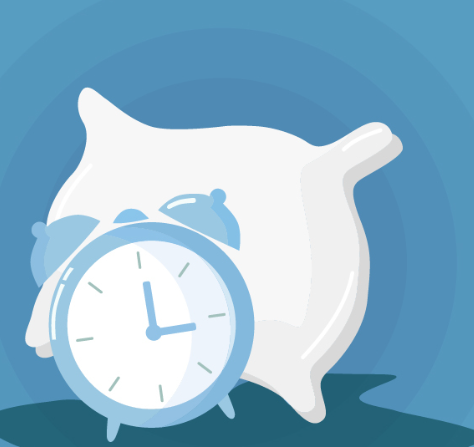
By Dr. Manvir Bhatia and Garima Sharma
Ignorance isn’t always bliss.
22 March 2022, 4 min 16sec read
As we have been breaking down many myths and beliefs by the valuable advancement in science, we should learn better about the basic necessity of our body – SLEEP- the first thing people compromise on for the daytime work. Worst case scenario, they take it as a waste of time and want to sleep the least to function for extra hours.
The importance of good quality and quantity of sleep needs to be understood better. There are many myths about sleep but what we are discussing here is the one that can impact health severely.
Myth: Snoring is a sign of deep and sound sleep.
Fact: Snoring isn’t good for anyone as it is caused by an obstruction in the airway during sleep as the muscles relax that keeps vibrating the soft tissues in your mouth, nose, and throat causing loud noises and even disruption of sleep.
Definition: Snoring can be often associated with a sleep-related disorder that is SLEEP APNEA which is defined as repeated cessation of breathing for 10 or more seconds with or without significant de-saturation during sleep.
Sleep apnea can be obstructive or central or mixed, obstructive sleep apnea (OSA) being the most common one About 80 percent to 90 percent of adults with OSA remain undiagnosed.
What is OSA?: Repeated blockage of the upper airway by the collapse of the soft tissue of throat and tongue, causing complete or partial cessation of breathing for 10 or more seconds (even for a minute or more at a time) with or without de-saturation is called obstructive sleep apnea.[i] If this occurs more than 15 to 30 times per hour it is severe and needs to be paid attention to.
HOW DO WE RECOGNISE OBSTRUCTIVE SLEEP APNEA? : Often OSA is recognized by those at home who observe you sleeping. OSA can have night and day time symptoms:
Nighttime symptoms: Loud snoring, choking/gasping during sleep, sudden breath pauses related arousals, dry mouth, and headache.
Daytime symptoms: waking up with headaches, excessive daytime sleepiness, irritability, mood swings, memory loss, short temper, anxiety, and eventually depression.
WHY DO WE NEED TO TREAT IT?: In addition to short term effects of OSA like excessive daytime sleepiness, headaches, mood swings, anxiety, irritation, etc. other long term consequences of OSA are:
- High blood pressure
- Heart disease
- Stroke
- Pre-diabetes and diabetes
- Depression
ARE YOU AT RISK OF HAVING OSA? :[ii] Risk factors that contribute to high chances of OSA:
- Overweight (Body Mass Index of 25 to 29.9) and obese (Body Mass Index of 30 and above)
- Neck circumference 17 inches (40cm) or more for men, 16 inches (35cm) or more for women.
- Habits like alcohol and smoking.
- Middle-aged and older men
- and post-menopausal women
- People with abnormalities of the bony and soft tissue structure of the head and neck
- Adults and children with Down Syndrome
- Children with large tonsils and adenoids
- Anyone who has a family member with OSA
- People with endocrine disorders such as Acromegaly and Hypothyroidism
- A person suffering from nocturnal nasal congestion due to abnormal morphology, rhinitis, or both.
DIAGNOSTIC TESTS OF OSA?: People who snore and have excessive daytime somnolence should undergo the diagnostic tests of OSA.
| Level 1 | In-laboratory, technologists attended polysomnography. (Gold-standard). It records brain waves (EEG), the oxygen level in your blood, heart rate, and breathing, as well as eye and leg movements during the study. It can also be used to diagnose periodic limb movement disorder, narcolepsy, chronic insomnia, and REM sleep behavior disorder. |
| Level 2 | Full polysomnography is done at the comfort of your home. |
| Level 3 | Portable monitoring with three or more channels, including pulse oximetry, heart rate, asses airflow, and thoracoabdominal movements. Used for screening in patients at high risk of OSA. |
The AHI is the number of times you have apnea or hypopnea during one night, divided by the hours of sleep.
- Normal sleep: An AHI of fewer than 5 events, on average, per hour
- Mild sleep apnea: An AHI of 5 to 14 events per hour
- Moderate sleep apnea: An AHI of 15 to 29 events per hour
- Severe sleep apnea: An AHI of 30 or more events per hour
HOW DO WE MANAGE OSA?
Mild OSA can be managed with weight management, diet control, avoiding supine position, avoiding personal habits like smoking and alcohol, and some oropharyngeal exercises.
Moderate and severe OSA can be managed with PAP THERAPY which is the positive airway pressure that is given by a device and delivered to the patient using a nasal or oro-nasal mask. This air pressure keeps the airway open during sleep thus improving sleep quality, and normalizing the apnea-hypopnea index (AHI) and oxyhemoglobin saturation levels. Along with PAP therapy, diet control, weight management, and lifestyle changes are also recommended.
CONCLUSION: To conclude we can say that sleep is as essential as food and exercise to our body. If we get the proper quantity and quality of sleep, we can work efficiently even during the day and enhance productivity. The most prevalent, and majorly unrecognized, the underdiagnosed sleep-related disorder is Obstructive sleep apnea which often occurs with repetitive snoring, choking, or gasping during the night followed by morning headaches, excessive daytime sleepiness, and severe mood swings like irritation, memory problems, and anxiety. Obesity and male gender are at high risk of having OSA. If left untreated, OSA can lead to heart diseases, high blood pressure, diabetes, stroke, and depression. To diagnose it level 1 to level 3 of overnight sleep study can be done at our center. PAP therapy is the gold standard therapy that is recommended along with behavioral and lifestyle changes to manage the signs and symptoms of OSA.
To seek help or know more about your sleep apnea, you can visit the Neurology and Sleep Centre, the 1st sleep centre in the country accredited by the Indian Board of Sleep Medicine at L-23, Hauz Khas Enclave, New Delhi, Delhi-110016 (INDIA)
Or give a call on +91-11-46070321, +91-9643500270
Book your sleep study today.[iii]
[i] Slowik and Collen, “Obstructive Sleep Apnea.”
[ii] “Osa Aasm – Google Search.”
[iii] “Best Neurologist in Delhi | Sleep Specialist.”
BIBLIOGRAPHY:
- “ Slowik, Jennifer M., and Jacob F. Collen. “Obstructive Sleep Apnea.” In StatPearls. Treasure Island (FL): StatPearls Publishing, 2022. http://www.ncbi.nlm.nih.gov/books/NBK459252/.
- “Osa Aasm – Google Search.” Accessed March 21, 2022. https://www.google.com/search?q=osa+aasm&oq=osa+aasm&aqs=chrome..69i57j0i22i30l3j0i390l2.3917j0j15&sourceid=chrome&ie=UTF-8.
- “Best Neurologist in Delhi | Sleep Specialist.” Accessed March 21, 2022. https://www.neurologysleepcentre.com/.


